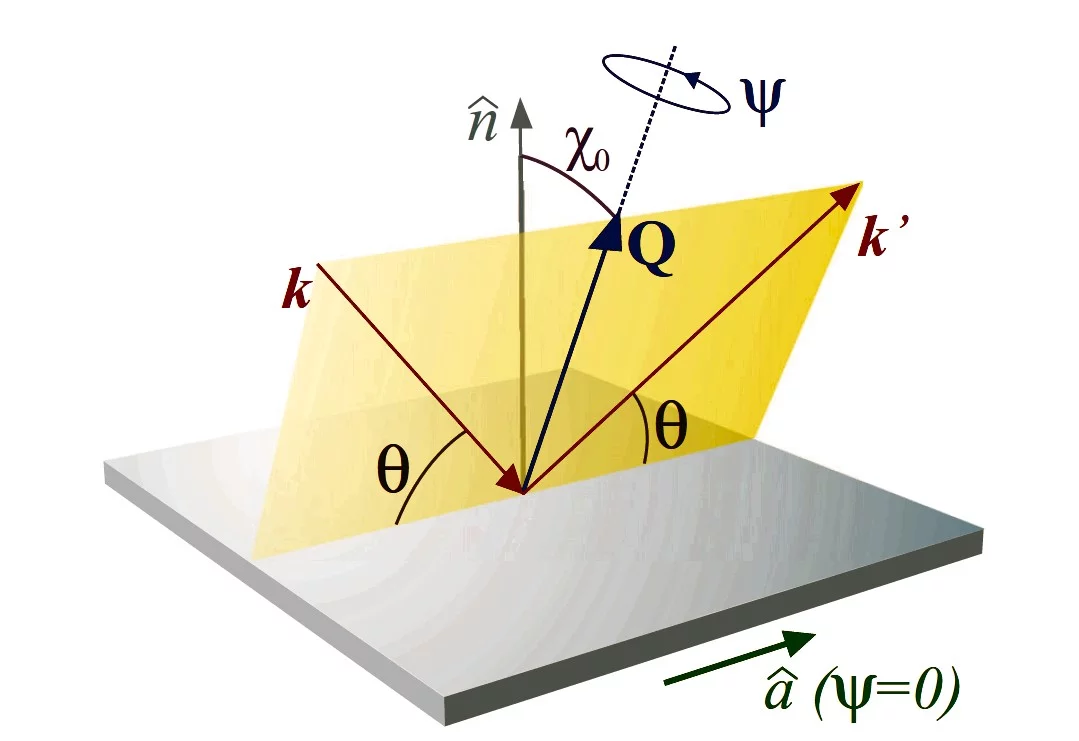We employ resonant soft x-ray diffraction to individually study the magnetic ordering of the Mn and the Tm sublattices in single-crystalline films of orthorhombic (o−)TmMnO3. The same magnetic ordering wave vector of (0q0) with q≈0.46 is found for both ionic species, suggesting that the familiar antiferromagnetic order of the Mn ions induces a magnetic order on the Tm unpaired 4f electrons. Indeed, intensity variations of magnetic reflections with temperature corroborate this scenario. Calculated magnetic fields at the Tm sites are used as a model magnetic structure for the Tm, which correctly predicts intensity variations at the Tm resonance upon azimuthal rotation of the sample. The model allows ruling out a bc-cycloid modulation of the Mn ions as the cause for the incommensurate ordering, as found in TbMnO3. The structural distortion, which occurs in the ferroelectric phase below
Facility: ENE, SLS, LMX, Thin Films and Interfaces
Reference: Y. William Windsor, Mahesh Ramakrishnan, Laurenz Rettig, Aurora Alberca, Elisabeth M. Bothschafter, Urs Staub, Kenta Shimamoto, Yi Hu, Thomas Lippert, and Christof W. Schneider , Phys. Rev. B, 91, 235144 (2015)
Read full article: here



